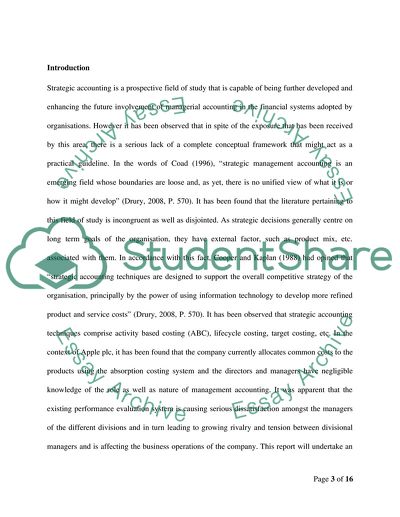Cite this document
(Budgetary Planning and Control in Apple plc Case Study - 1, n.d.)
Budgetary Planning and Control in Apple plc Case Study - 1. Retrieved from https://studentshare.org/finance-accounting/1735560-strategic-accounting
Budgetary Planning and Control in Apple plc Case Study - 1. Retrieved from https://studentshare.org/finance-accounting/1735560-strategic-accounting
(Budgetary Planning and Control in Apple Plc Case Study - 1)
Budgetary Planning and Control in Apple Plc Case Study - 1. https://studentshare.org/finance-accounting/1735560-strategic-accounting.
Budgetary Planning and Control in Apple Plc Case Study - 1. https://studentshare.org/finance-accounting/1735560-strategic-accounting.
“Budgetary Planning and Control in Apple Plc Case Study - 1”, n.d. https://studentshare.org/finance-accounting/1735560-strategic-accounting.


